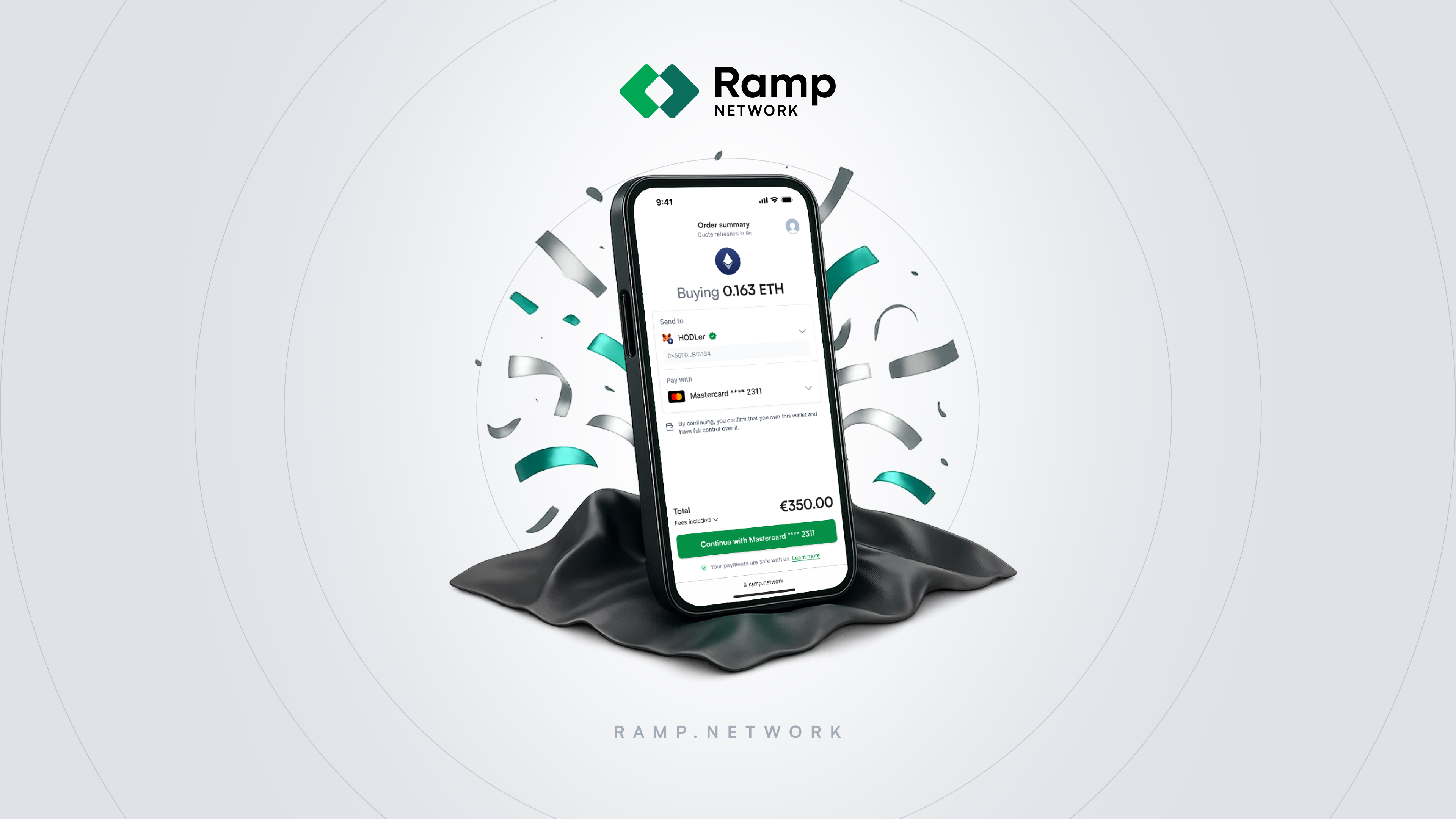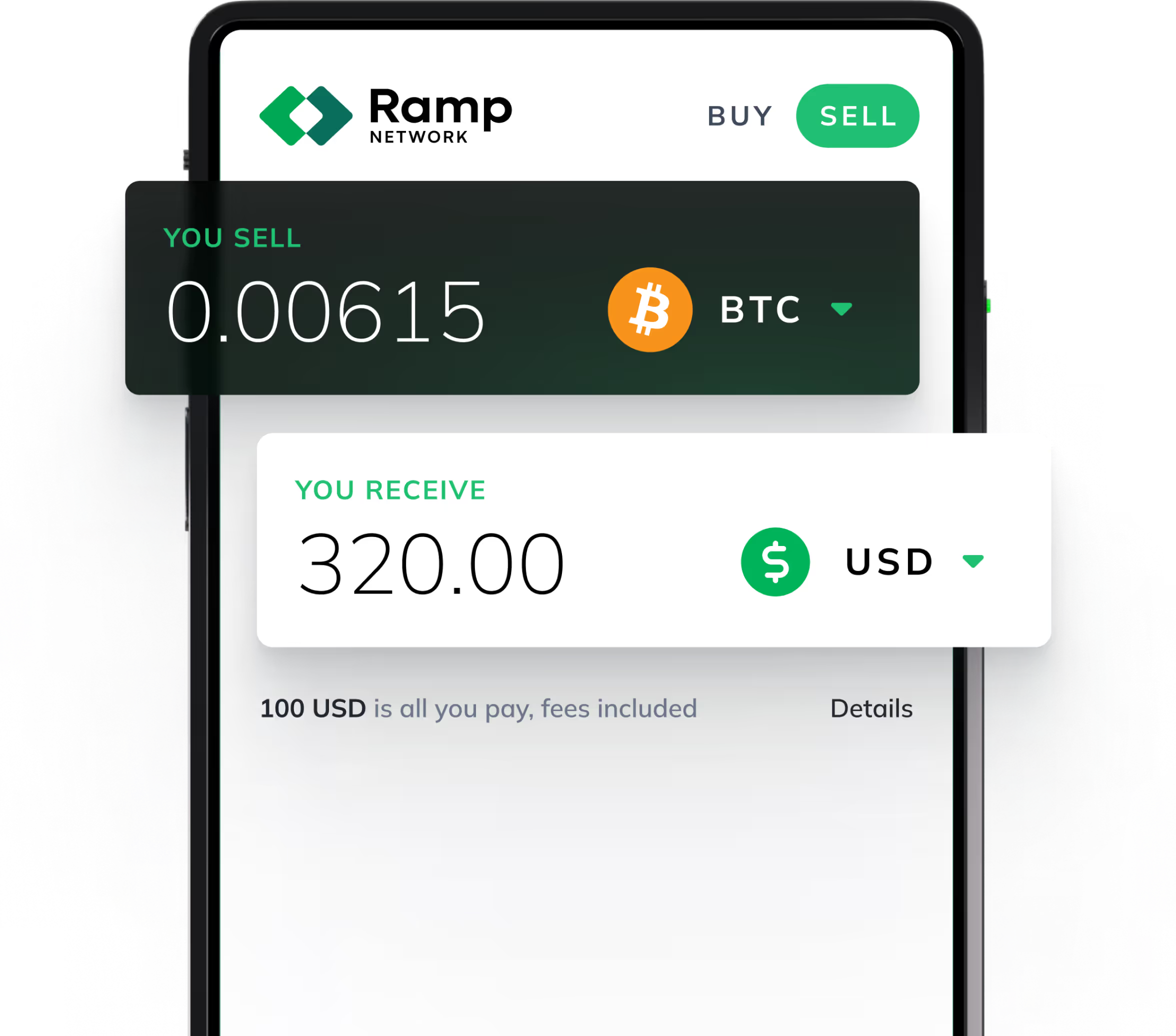

Nowadays, crypto onboarding can be done by linking your bank account to an on-ramp service and, in a few minutes, you can hold almost any crypto asset in your wallet. This wasn’t always the case, however. Let’s look at how this experience has changed and how the way we access crypto has improved over the years.
In the beginning…
The first crypto assets were exclusively mined. When Bitcoin was launched in 2009, the only way to onboard yourself into cryptocurrency was by receiving genesis block rewards on the network.
As the technology grew out of its initial phase as a niche interest in a cryptography forum, Bitcoin miners started to explore ways to sell the currency. Initially, this took the form of informal in-person transactions. We all know about the pizza episode...
This was the embedded incentive for them, after all; to be able to hold assets that would justify the value of their hardware investments. It only became increasingly true as the network grew and needed to be bootstrapped.
Centralized exchanges
As more people became interested in using Bitcoin for online transactions, the need for better infrastructure around onboarding services became obvious. Informal personal agreements were not the most efficient way to meet the market needs of an increasing number of users who now purchased crypto on a daily basis.
This led to the first centralized cryptocurrency exchange, BitcoinMarket.com, launched in 2010. It allowed users to trade Bitcoin for fiat currencies, such as the US Dollar and the Euro, under the more efficient model of an order book.
An order book is simply a matchmaking algorithm that connects buyers with sellers and provides the mechanism for transactions to take place. In the case of centralized exchanges, they take place between accounts that are stored in the exchange’s servers.
For example: If you had $100 and wanted to trade that for 100 BTC, the centralized exchange matches you with a person who is willing to make that deal on its order book and executes the transaction. All of this happens inside the exchanges' servers which hold the private keys to your crypto wallet, and access to your payment method.
While this added efficiency to the process, it quickly became obvious that there were flaws in this model that could jeopardize user safety.
These exchanges have been the targets of hacks and other breaches, which have resulted in significant losses for users and have raised concerns about the safety and security of these platforms. A famous example being the infamous 2014 Mt. Gox incident where 850,000 Bitcoins were stolen from the exchange’s hot wallet.
Despite this, the number of centralized cryptocurrency exchanges has grown significantly, with many of the largest and most well-known and used onboarding services operating under this model.
While they do provide new users with access to buying and selling cryptocurrencies, they also beg the question of whether this is the safest way to welcome them.
Coinbase
As a dominant player in the budding crypto industry, the top-of-mind for most crypto newcomers includes the San Francisco-based Coinbase, founded in 2012. This exchange and many others now operate under regulatory oversight in order to avoid incidents such as Mt. Gox. However, centralized exchanges still require custody of user assets and private keys to operate.
Peer-to-Peer exchanges
By 2012, there were also ways to trade Bitcoin over-the-counter using peer-to-peer exchanges. These exchanges would match two parties who were willing to trade Bitcoin for fiat at a given price, and serve as an escrow service for the transaction.
For example: If you wanted to trade $100 for 100 BTC, a peer-to-peer exchange would connect you with a peer who was willing to take the trade. The exchange would then hold your peer's 100 BTC until they confirmed that you had, in fact, deposited $100 to their account. The exchange would then send the 100 BTC to your wallet.
These exchanges allow users to buy and sell cryptocurrencies directly with each other, without the need for a centralized intermediary, such as a CEX. P2P exchanges also allow users to retain custody of their assets, while cutting out the middle man.
However, P2P exchanges too, have a glaring problem; liquidity. Most web3 users are not willing to go through a slower matchmaking process that in some cases can take days to finalize.
Peer-to-peer exchanges have become increasingly popular among users who want to trade larger amounts of cryptocurrency without having to go through a centralized exchange. Likewise, they offer a number of benefits over traditional exchanges, such as lower fees and greater privacy.
LocalBitcoins
The first and most popular service offering this kind of onboarding experience was LocalBitcoins. Founded in Helsinki by Jeremias Kangas, the platform quickly became the go-to place for over-the-counter place for Bitcoin trades that incorporated buyer-seller feedback in addition to the escrow service. Fast forwarding to today, LocalBitcoins have announced their planned closure, and has ceased all operations as of February 2023.
Non-custodial on-ramps
Recently, more and more users are being onboarded through non-custodial on-ramps. This is mainly due to the fact that the crypto space has grown into a new layer for the internet which includes web3 apps that take the utility of crypto assets beyond spot trading.
Users navigating web3 often find themselves wanting to interact with particular dApps. On-ramp service providers allow these users to purchase the necessary crypto assets directly from the project's wallet, website, or application.
By using one of these services, users can buy and sell cryptocurrencies with a variety of payment methods and receive them in any wallet of their choosing that they own.
Non-custodial on-ramps are decentralized, meaning that users never entrust their funds to a third party. On-ramps bypass the need for centralized exchanges while also being more efficient than peer-to-peer exchanges.
Ramp Network
Right now there are many service providers who offer integrated on-ramps for users of web3 dApps and wallets. Sometimes, even centralized exchanges make use of this infrastructure.
Ramp Network is a well-rounded fiat<>crypto on-ramp and off-ramp service provider that offers competitive fees, lightning fast transaction speeds, global coverage, and support for an expanding variety of assets.
Looking forward
That's the kind of web3 we envision at Ramp Network. We are making it possible for the next million crypto users to onboard directly via decentralized and non-custodial infrastructure.
Crypto<>fiat on-ramp services are not just a way to stay true to the decentralization of the crypto and web3 space, they’re also an important improvement in user experience. Once you sign up to a service like Ramp Network and pass the necessary verification processes, you are able to purchase crypto with fiat from any of the dApps that have integrated with us.
The next chapter in crypto is centered around self-custody, and easily accessible entry-points for all users.
Try out Ramp Network and start your web3 journey today!
Interested? Here are some similar articles:















.png)
.jpg)


